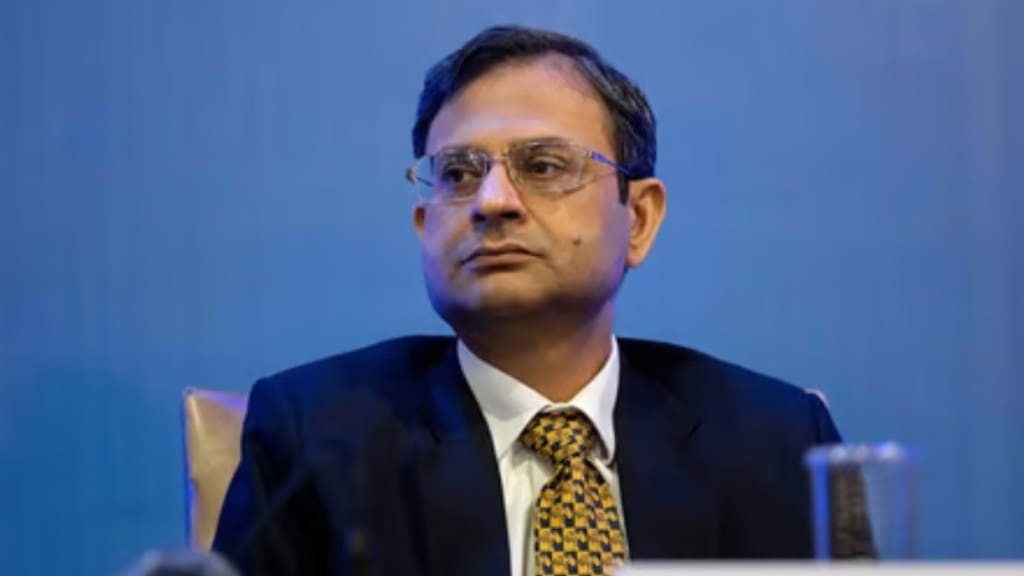It may not quite be baptism by fire for the new Reserve Bank of India (RBI) Governor Sanjay Malhotra as it was for Shaktikanta Das, who had to contend with the pandemic during his tenure at Mint Road. However, Malhotra also has his task cut out. He has to negotiate a loss of momentum in the economy as seen in the sharp slowdown in the gross domestic product (GDP) growth for the September quarter at 5.4% while ensuring that inflation is reined in.
That a seasoned bureaucrat is replacing Das does not really come as a surprise, because the government is understandably more comfortable with an Indian Administrative officer who has worked in the finance ministry. The coordination with a North Block officer can be a lot easier than with an outsider.
Indeed, there is no real case for an economist holding the Governor’s post. History shows that with some exceptions, the bureaucrats have done fairly well. However, as we have seen with Governor Das and his predecessors, the mindsets of bureaucrats can change once they are in the rarified environs of the central bank.
As insiders have pointed out, views on whether the RBI should be the debt manager for the government or whether the foreign exchange reserves should be used to fund infrastructure projects have undergone a complete change after the move to Mint Street. That is understandable and to be expected. After all, the mandates of a central bank are different and therefore, its policies cannot always be aligned with the policy expectations of the North Block.
However, the bond markets would be pleased that the new chief of the central bank is a finance ministry bureaucrat because friction between the North Block and RBI is not desirable. Malhotra, an engineer and a 1990-batch IAS officer from the Rajasthan cadre, should be able to keep the relationship from getting strained.
Having worked as secretary both in the department of financial services and the revenue department, he has a fair bit of experience in the areas of banking and taxation. Monetary policy is not easy to implement but Malhotra will have an expert team to advise him not just in this area but also on other important matters.
It would be interesting to see which Deputy Governor would be handling monetary policy as Michael Patra is retiring next month. The new appointment would be a crucial one as they would be of immense use to the new Governor amidst a very difficult economic environment.
Malhotra has to fill the big shoes of Governor Das, who has done a tremendous job over the past six years, especially during the pandemic when the central bank liquidity in the system was ample and the cost of money affordable.
The currency has been relatively stable and during his tenure, the country’s reserves have been built up to new levels. The quintessential bureaucrat, Das has, with some exceptions, managed expectations across the board.
He has enforced and tightened regulation, taken errant entities to task, even if it meant calling out the biggest. Under his watch, several digital initiatives have been rolled out. The central bank under Das has also been seen as more interventionist in financial markets, stamping out volatility in the exchange rate to decadal lows.
A favourite with the media, if not always with the bond markets, his will be a tough act to follow. Meanwhile, here’s wishing Malhotra the very best for his innings at the RBI.


